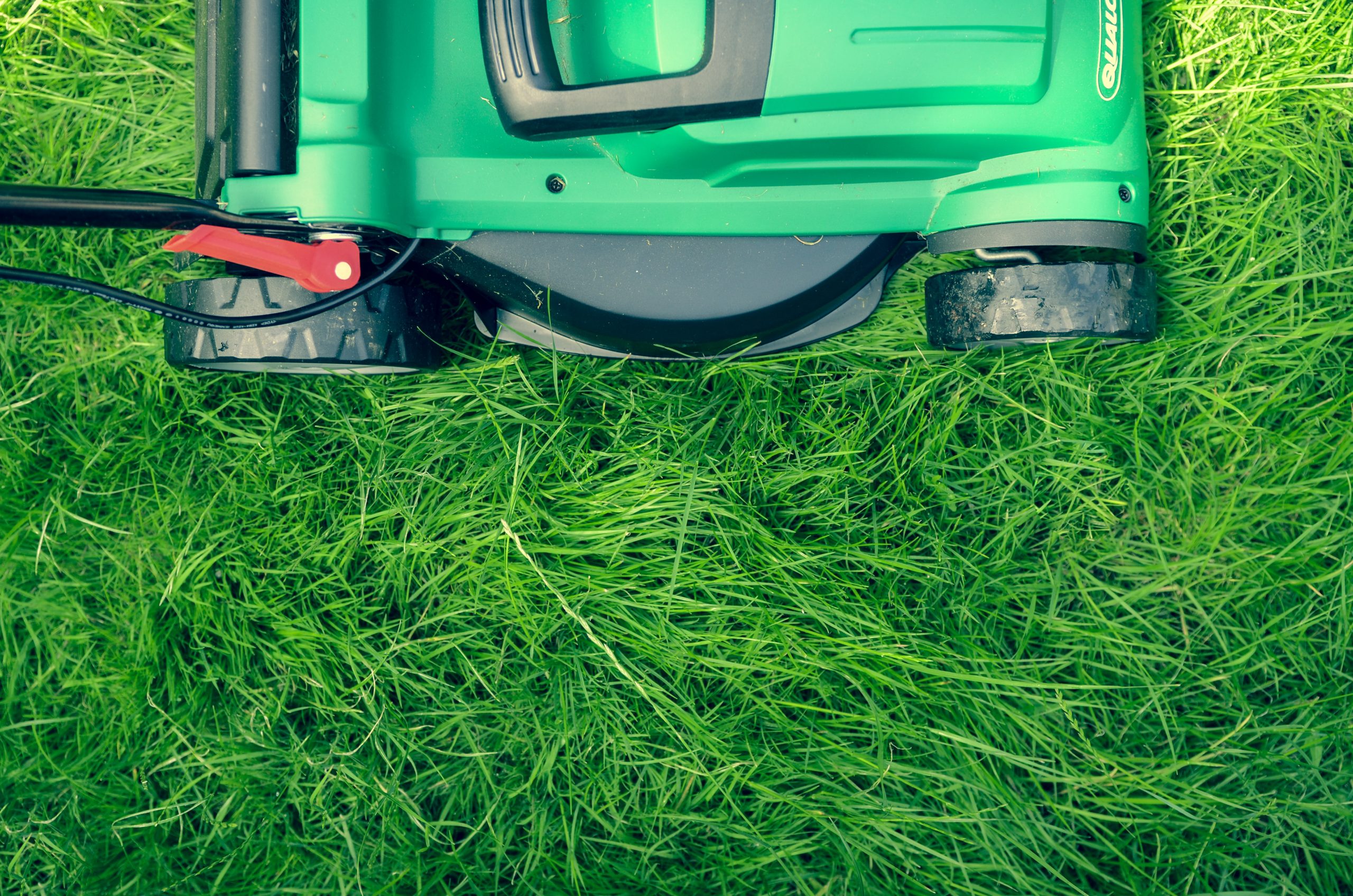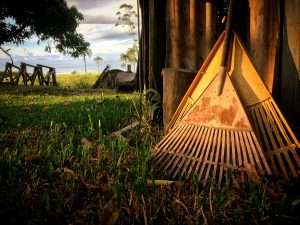Last Updated on April 5, 2024 by Real Men Sow
Neglecting to scarify your lawn or keeping up with other maintenance tasks can have devastating consequences. Dead grass cuttings and moss can clog the soil’s ability to drain rainwater. Your lawn will look very sorry for itself if too much water and moisture sits on top. Sometimes, the layer of dead grass on top of a lawn can be called a “thatch”, which is why the “dethatcher ” is referenced. The problem can get worse if there is too much moisture.
What is a Lawn Scarifier ?
A lawn scarifier is also known as a dethatcher. It is a tool used to cut through the soil to remove dead moss, grass cuttings, and other debris. The tool’s cutting action can be either electric or manual and helps to aerate the soil. This makes it healthier, more resistant to weeds, and lasts longer.
Neglecting to scarify your lawn or keeping up with other maintenance tasks can have devastating consequences. Dead grass cuttings and moss can clog the soil’s ability to drain rainwater. Your lawn will look very sorry for itself if too much water and moisture sit on top. Sometimes, the layer of dead grass on top of a lawn can be called a “thatch”, which is why the “dethatcher ” is referenced. The problem can get worse if there is too much moisture.
How to Use Lawn Scarifier ?
Leaves and other debris should be removed before applying a moss killer. Rake the dead moss in advance. You should inspect your lawn for any moss or other debris before you use a lawn scarifier. This must be removed before you can do any other work. Spread the moss killer as directed on your lawn. This is an important step because you don’t want the airborne spores from living moss to spread all over your garden using your scarifier.
In a low setting, mow the lawn
After the moss has dried, it should be black or brown. Then, mow the lawn on a dry day with the mower set to low. This will allow you to collect the cut grass at the end of your job before the lawn scarifier.
In a high setting, scarify the lawn
You will start by setting the lawn scarifier to a high setting. Next, go over the surface several times. Next, go around the surface at angles and reduce the intensity of each pass.
Finish by adding top soil and grass seed
You can add more grass seed to the process as an option. This is a great option if your lawn looks tired. To protect the seeds while they germinate, you should cover them with a mixture made of fine compost and sharp sand. This is also known as “overseeding”. Your grass will look great in just a few days with a little care.
When to Use Lawn Scarifies ?
There are many factors that can affect the ideal time to scarify your lawn. The best time depends on where you live and what the weather is like. However, the best time to scarify your turf is when it is the most prolific. This is usually in the fall or late spring. If your lawn has moss growth or is in poor condition, it is best to do this once a year. Scarifying your lawn can cause damage to the roots and grass, so it is best to be cautious.
What is the Alternative Tool for Lawn Scarifies ?
There are many other tools that you can use when scarifying your lawn. The most common scarifier is a simple garden rake. This allows you to manage the pressure on your lawn using a lighter tool.
You can use a small trowel or a fork depending on how large your lawn is to remove any debris. You can also find a variety of combined tools that combine a scarifies with a rake, allowing you to choose which function you prefer. A pair of lawn spikes is a good option if you are just looking to aerate.


